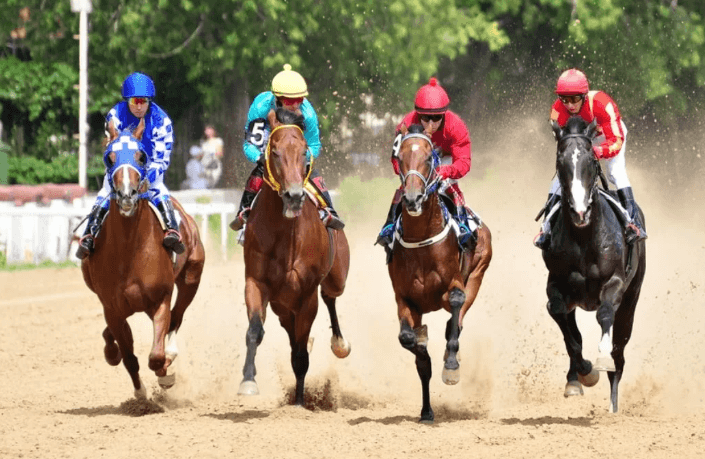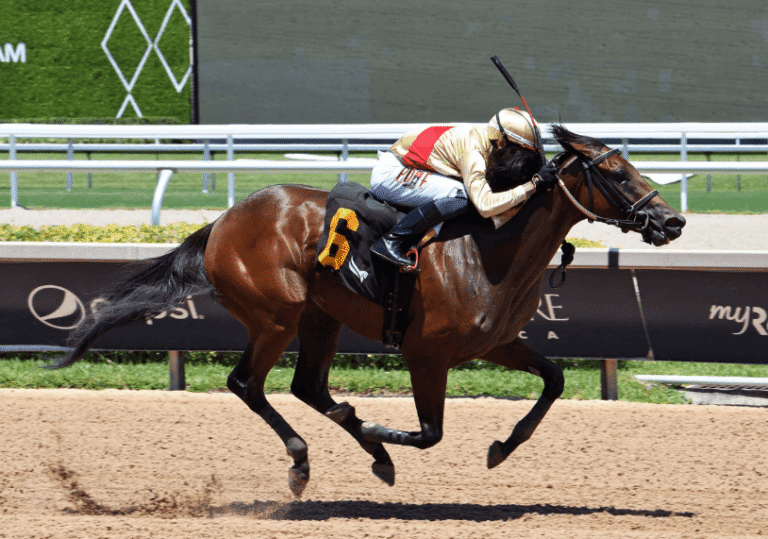The Different Types of Horse Races Explained
Horse racing is a multifaceted sport that encompasses various styles, each with its own set of challenges and thrills. Flat racing prioritizes speed on even tracks, while steeplechasing introduces obstacles that test both horse and rider. Harness racing presents a unique dynamic with horses pulling sulkies, requiring a blend of speed and strategy. Understanding these different types not only deepens appreciation for the sport but also reveals the intricate skills involved in each race. What makes each type distinct?
Flat Racing
Flat racing, which is often considered the most straightforward form of horse racing, takes place on a level track without any obstacles, allowing horses to showcase their speed and stamina.
Distinct race distances, ranging from sprints to longer routes, require varying sprinting strategies. Trainers meticulously prepare horses, optimizing performance and tactics to ensure their competitors can harness both speed and endurance effectively on race day.
Steeplechasing
Steeplechasing presents a dramatic contrast to flat racing, introducing a challenging element of obstacles that tests both the horse’s agility and the jockey’s skill.
Participants must navigate various jumps techniques while facing unpredictable racecourse challenges.
The combination of speed and precision creates a thrilling spectacle, as horses leap with grace and determination, showcasing their athleticism in this demanding equestrian discipline.
See also: The Design and Function of Modern Saddles
Harness Racing
Harness racing, which features horses pulling a two-wheeled sulky, offers a unique blend of speed and strategy that captivates audiences.
Standardbred horses, known for their endurance and pace, dominate this sport.
Successful race strategies involve careful positioning and timing, allowing drivers to harness the horses’ strengths effectively.
This exhilarating spectacle showcases the intricate relationship between horse and driver, embodying a true pursuit of freedom on the track.
Conclusion
In the vibrant world of horse racing, each type unfolds like a masterfully painted canvas, showcasing the elegance of flat racing, the dramatic leaps of steeplechasing, and the rhythmic dance of harness racing. These diverse forms not only highlight the incredible athleticism of the horses but also weave a tapestry of strategy, skill, and heart-pounding excitement. As spectators cheer from the stands, the spirit of competition gallops forth, captivating all who witness the beauty and thrill of this timeless sport.




